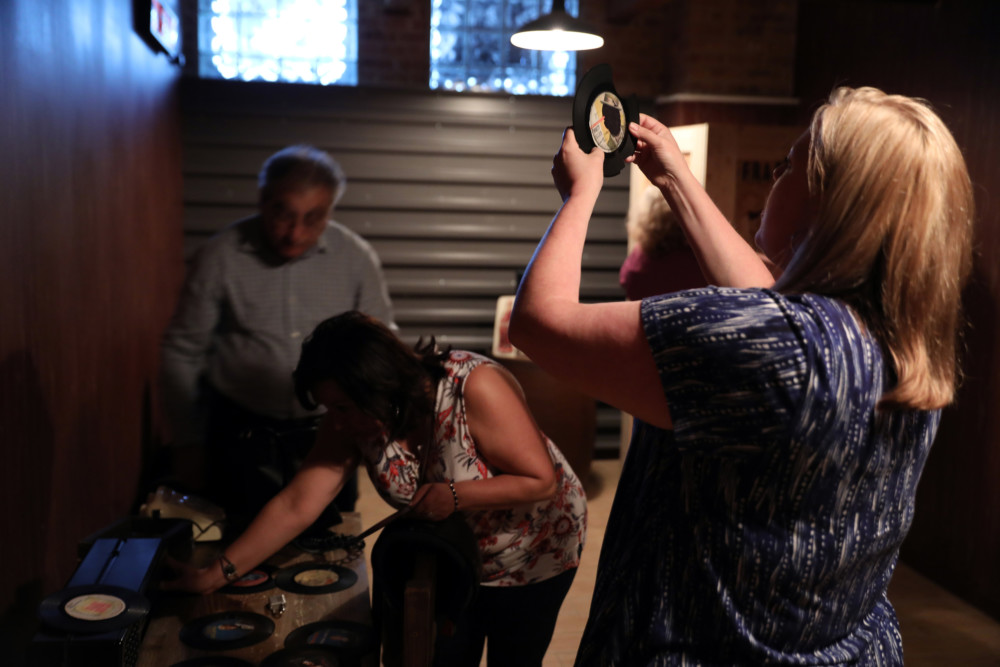By Robert Channick
Chicago Tribune
WWR Article Summary (tl;dr) A series of exercises meant to encourage cooperation, goodwill and, ultimately, increased productivity, “team building” has long been fodder for corporate satire. In recent years however, team building has evolved with companies offering more creative and engaging ways to energize employees.
CHICAGO
Corporate team building, which for years brought co-workers together in disdain for activities such as trust falls and ropes courses, has elevated its game.
Escape rooms, “Survivor”-style competitions and improv training are bringing a new level of excitement, and perhaps effectiveness, to the once-dreaded outings, meant to bond employees and fortify roles outside the confines of their daily cubicle-farm existence.
A recent excursion to a Chicago escape room by a team of 15 United Airlines employees proved challenging, surprising and successful in shaking up the status quo, with an intern leading his managers to freedom and participants energized in the process.
Whether a simulated jail break transfers to an improved workplace, however, remains an open question.
“It’s not clear yet what are the benefits of it, other than people love it because it’s something outside of work,” said Eduardo Salas, an organizational psychology professor at Rice University in Houston. “But when they go back, the same conditions are there, so the long-term effects of team building are unknown.”
A series of exercises meant to encourage cooperation, goodwill and, ultimately, increased productivity, team building has long been fodder for corporate satire. The quintessential team-building activity was the trust fall: closing your eyes and falling backward into the arms of your colleagues, secure in the knowledge that they have your back, or not.
While team-building facilitators proliferated and business was brisk, the old-school outings rarely hit the mark, according to experts.
“It really didn’t improve their performance,” said Wendy Bedwell, an assistant professor of organizational psychology at the University of South Florida.
In recent years, team building has evolved in more creative and engaging ways, Bedwell said, amping up both the fun quotient and the potential benefits to the workplace. Activities include solving simulated crime scenes, building bicycles for charity and competing in “Survivor”-inspired challenges, among others.
Improv training is also popular as a corporate team-building activity, with Second City Works, the business consulting arm of the Chicago-based comedy troupe, a logical player in that arena.
“We’ve built a pretty significant business,” Kelly Leonard, executive director of insights and applied improvisation at Second City Works, where a half-day team building workshop starts at about $12,000.
Escape rooms, however, have emerged as perhaps the go-to team-building activity. In a typical scenario, six teammates are locked in a themed room, where they must work together to find clues and solve puzzles to escape within 60 minutes.
The activity can be both intellectual and physical, and for those who are not claustrophobic, apparently a lot of fun. It also provides some actual team-building benefit, Bedwell said.
“Anything that really requires people to work together, think critically and solve a problem is going to have more of a benefit than just standing in a forest and falling backwards and having everyone catch you,” Bedwell said.
PanIQ Room, a Hungarian company that opened a Chicago outlet in March 2016, is in the basement of an industrial three-story brick building near downtown.
The facility consists of three rooms dubbed “Infection,” “Prison” and, in homage to Chicago, “Mob,” where participating groups generally pay between $129 and $189 for a one-hour escape.
Camille Wheeler, 36, senior manager in contact center applications for United Airlines, recently funded a PanIQ Room outing for herself and 14 members of her team, who split into groups to tackle the three rooms simultaneously.
“I wanted to get the team out and do some team-building exercises in a new and different way,” Wheeler said.
The groups dug into the task, connecting via walkie-talkies for occasional clues from the PanIQ Room managers, who monitored their respective efforts from a control room video screen.
Only one group emerged within the allotted time, escaping from the Infection room in about 45 minutes to trade high-fives and war stories.
Leading the way was Justin Booms, 30, an intern from Bloomington, Ind., who took command from his more tenured co-workers, having previously navigated a different escape room.
“Given my previous experience and with everybody thrown into the same boat, there’s no hierarchy _ whoever sees something first can kind of lead,” said Booms.
With no customers scheduled for the next hour, Heidi Blanc-Blum, unit manager for PanIQ Room Chicago, gave the other two teams some extra time to escape, with both eventually making their way to freedom.
“Prison is really hard,” declared Pam Hannan, a 22-year veteran of the applications team, upon emerging from her cell and plopping down on the lobby couch for a drink of water.














































































































































































































































































































































































